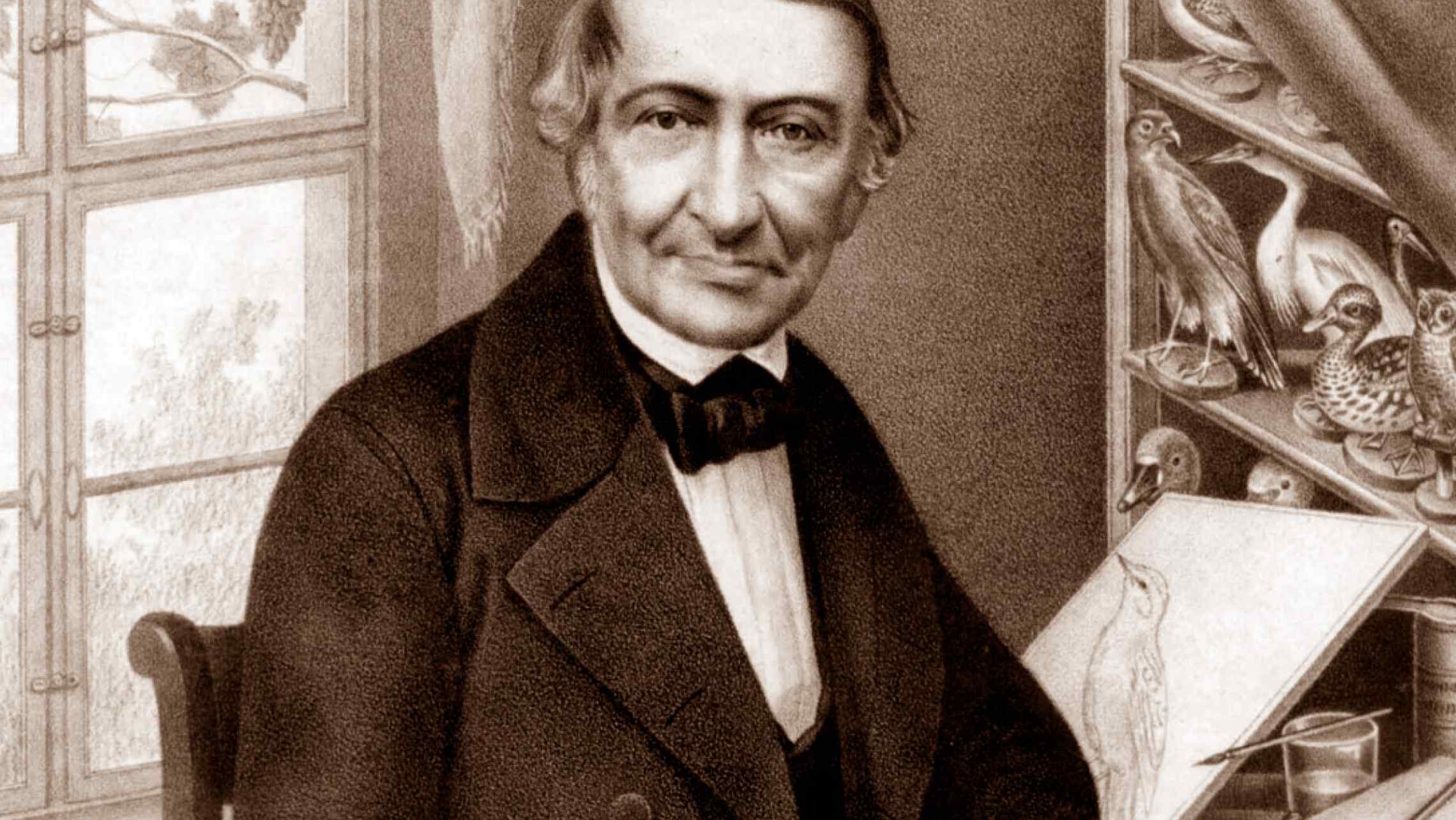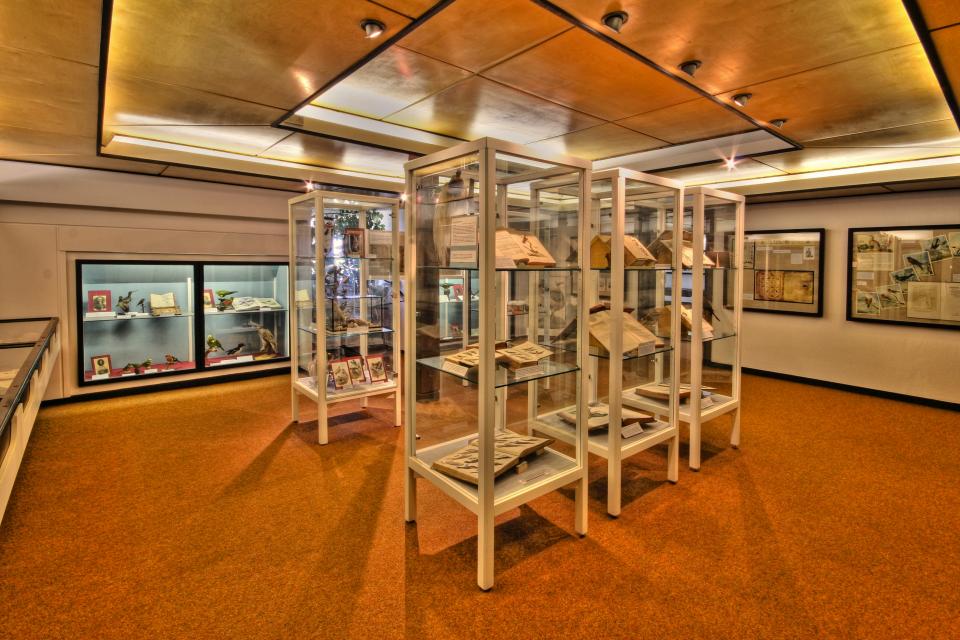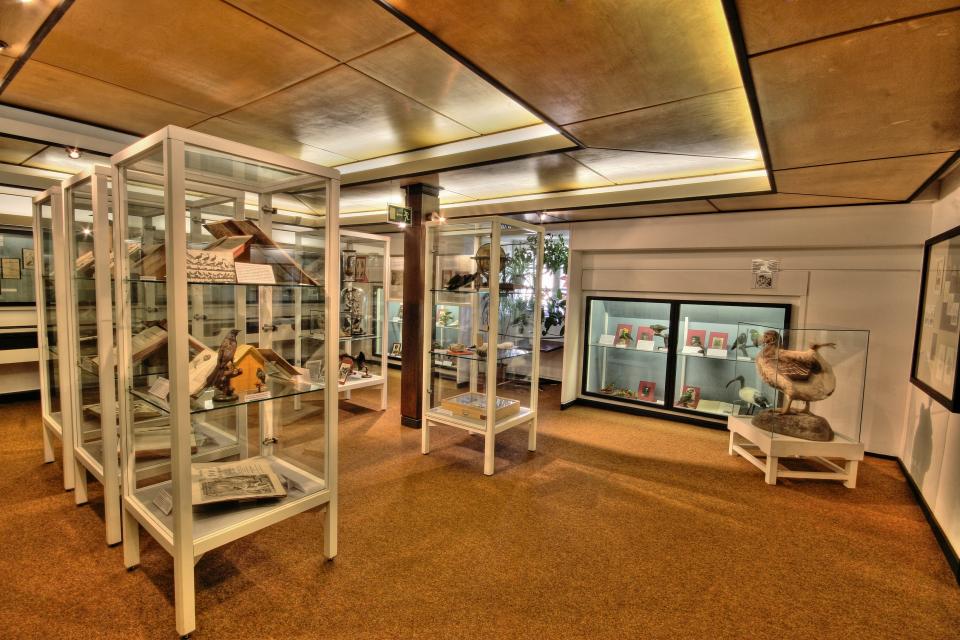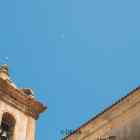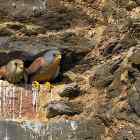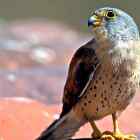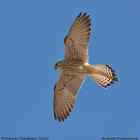Did you know why the scientific name of the lesser kestrel is Falco naumanni?
The name of our favourite bird is in honour of the German naturalist, engraver, and publisher Johann Friedrich Naumann (1780-1857). Naumann is considered to be the father of scientific ornithology in central Europe (the Deutsche Ornithologen-Gesellschaft or German Ornithological Society called its journal Naumannia) and the equivalent of John James Audubon (1785-1851) in America; the two authors were contemporary to the point of being born and dying in the same decades. He wrote, illustrated, and published books such as the “Natural History of the Birds of Germany” in twelve volumes with much of the previous work of his father Johann Andreas Naumann, whose name he placed respectfully at the beginning of the book as if he were its real author which has led some to attribute the work erroneously to the latter. He also wrote “Taxidermy or the teaching of the stuffing of all kinds of animals and the maintaining of Natural History collections in a simple and practical way” and “The eggs of the birds of Germany and neighbouring lands”, the latter being initiated together with Christian Adam Bulhe in 1818, which was precisely the year when the lesser kestrel was taxonomically described. It is strange that it is not Naumann's taxonomy that has come down to posterity but that of his friend Johann Gottlieb Fleischer (1797-1838), a German botanist and ornithologist who is responsible for the fact that the small raptor bears his name.
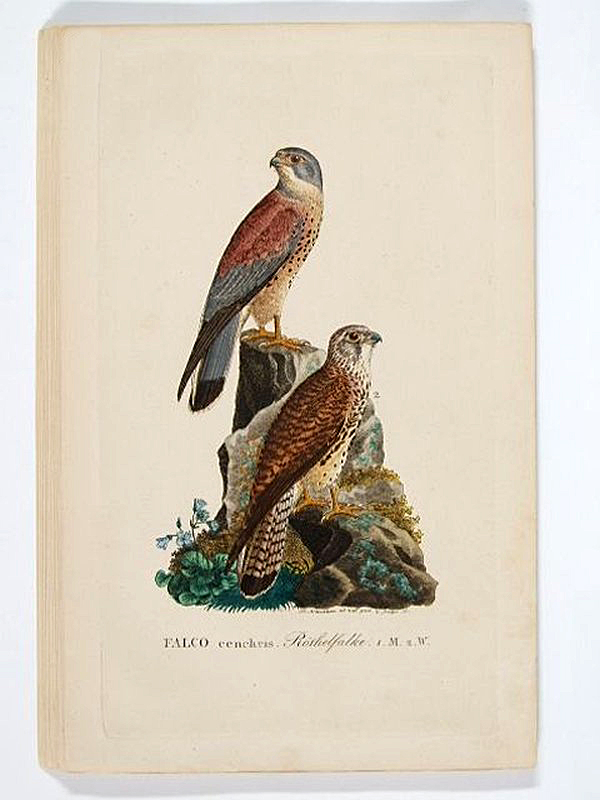
The illustration is an engraving by Naumann itself from his Natural History of the Birds of Germany of the lesser kestrel (Röthelfalke in German) which by the way does not occur in his country. Curiously he classifies it as Falco cenchris, a nomenclature used at the same time as that proposed by Fleischer. Indeed, Falco cenchris Naumann (from a previous attempt at classification by Frisch), Falco naumanni Fleischer, and Falco Tinnunculoides Temminck were some of the taxonomic nomenclatures with their authors that coexisted for the species. This was so until the German ornithologist Reichenow finally resolved in 1898 to use definitively that proposed by Fleischer as it was the first complete description and at the same time recognised Naumann's scientific merits.
Naumann's work as an illustrator and engraver is also impressive; the evolution of his work can be appreciated in both his rendering of detail and the naturalness of his portrayal of the various species which are practically on a par with Audubon himself. As a taxidermist he gathered a collection of over 700 birds of 350 indigenous species from Germany and neighbouring countries and many more exotic ones, which was purchased in 1821 by Duke Friedrich Ferdinand of Anhalt Köthen; nowadays the Naumann-Musseum can be visited in his castle and includes over 1300 original exhibits in 113 showcases.
